Chicago Office Activity Picks Up, Construction Stays Slow
The market’s sales volume is among the highest in the U.S., according to Yardi Research Data.
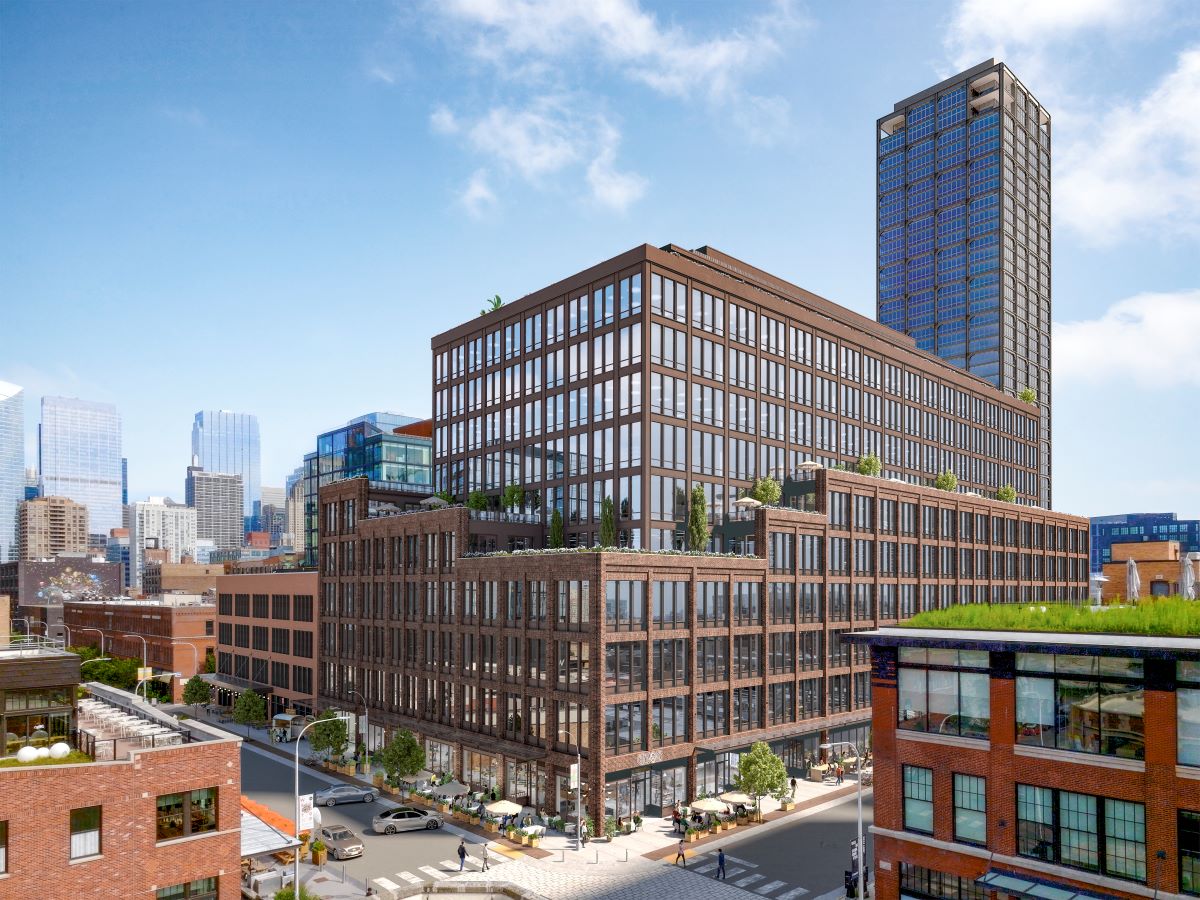
Chicago’s office sector had a bumpy 2024, with most of its fundamentals posting middling performance: new construction was muted, while asset prices continued to drop. This year, even if the metro’s pipeline remained low in the first four months, there were some positive outlooks.
The market’s office investment volume year-to-date as of April clocked in at $759 million. Despite assets trading for less than a third the national average, the metro registered the fifth largest sales activity in the U.S., surpassed only by Houston, the Bay Area, Washington, D.C., and Manhattan.
In terms of vacancy, the metro’s rate remained unchanged from a year ago, standing at 19 percent. Additionally, it was below the 19.7 percent national average as well and most of its peer markets.
Office development pipeline below gateway peers
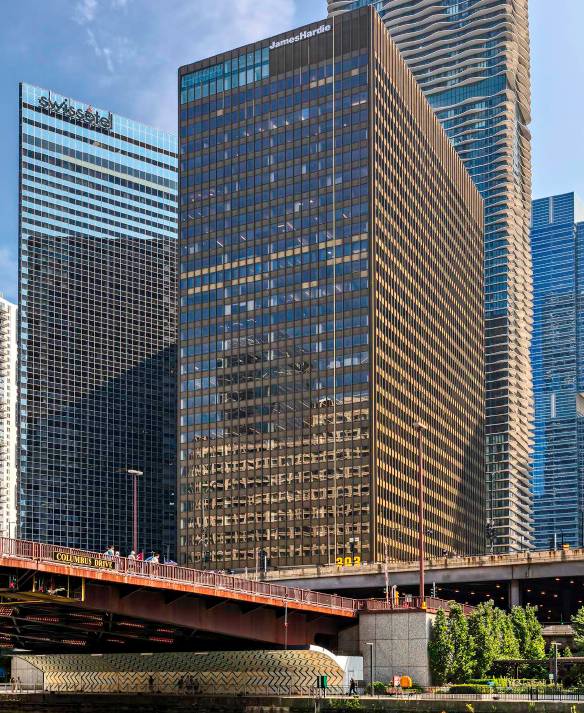
Chicago’s office development pipeline as of April stood at 809,168 square feet, according to Yardi Research Data. This accounted for only 0.3 percent of its total stock. The metro was behind all gateway markets, with Boston (5.5 million square feet) holding the top spot nationally.
The market’s share of office space in the under-construction and planning phases stood at 1.9 percent, 60 basis points lower than the U.S. average. Seattle (1.8 percent) was the only gateway metro to lag behind, while Boston (7.3 percent) had the most space. Nationally, Austin took the lead (10.6 percent).
One of the projects currently underway that is set to come online later this year is 919 West Fulton, an 11-story building that broke ground in 2023 and topped out last year. Fulton Street Cos. took out a $112.9 million construction loan for this development.
In terms of office completions, only one facility totaling 71,600 came online this year. Additionally, three projects spanning 230,585 square feet broke ground year-to-date as of April.
First Chicago office-to-residential conversion breaks ground
Office-to-residential conversions are growing in popularity among office owners and investors, as they present an opportunity to infuse value in underutilized assets and resolve the housing issue.
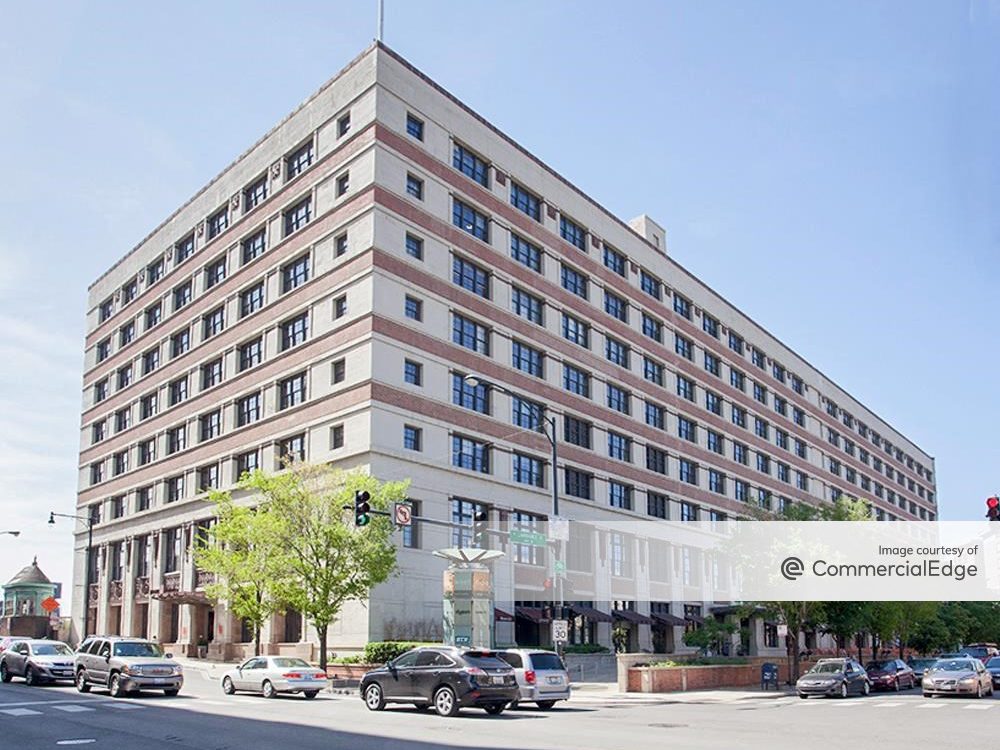
Converting office buildings into multifamily is gaining momentum among property owners and investors, providing a strategic opportunity to unlock value from underutilized asset. The Conversion Feasibility Index, a Yardi-powered tool designed to assess the viability of repurposing office properties into housing The index evaluates key factors such as walkability, building age and floorplans.
R2 Cos. and Campari Group have recently started construction on a conversion project that will transform the office building at 79 W. Monroe St. within the city’s CBD into 117 residential units. The 1913-completed property boasts a perfect 100 CFI score, making it ideal for adaptive reuse.
Chicago’s office transaction volume picks up
Chicago’s office investment volume in the four months of this year reached $759 million, ranking fifth nationally. Manhattan ($2.6 billion) remained in the spotlight, followed by Washington, D.C. ($1.4 billion) and the Bay Area ($1 billion).
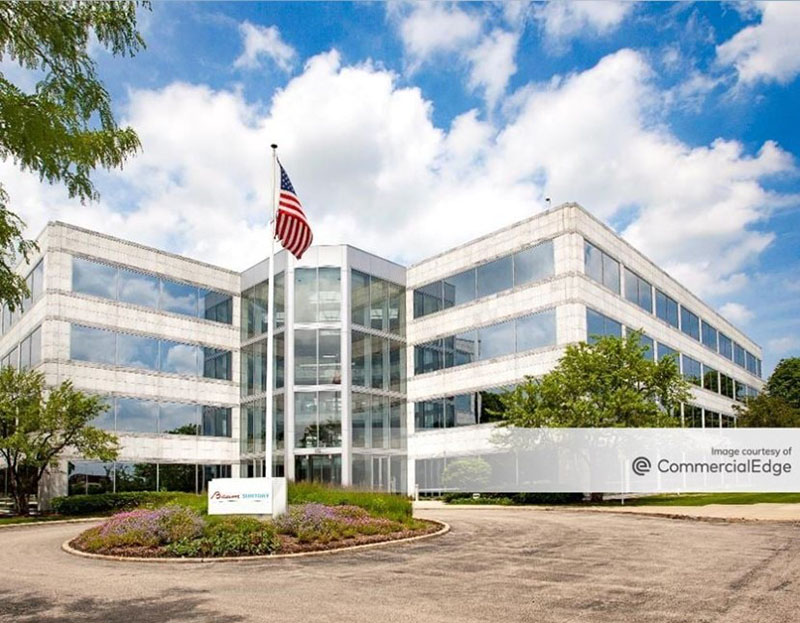
Assets in the metro traded for $62 per square foot, the lowest price among gateway markets and less than a third of the $191 national average. Manhattan commanded the highest price per square foot, clocking in at $439.
Earlier this year, The 601W Cos. acquired the 910,000-square-foot 303 E. Wacker Drive, a 30-story building within the city’s central business district. Beacon Capital Partners sold it for $63 million, a steep discount from the $182 million it paid for the asset in 2018.
Other notable deals in the area include 3Edgewood’s acquisition of 600 West Chicago, a 1.7 million-square-foot property. Sterling Bay sold the asset for $88 million, Yardi Research Data shows.
Vacancy rate unchanged year-over-year
Chicago’s office vacancy rate at the end of April clocked in at 19 percent, 10 basis points lower year-over-year and 70 basis points below the national average. Among gateway metros, San Francisco (29 percent) had the most vacant space, while Miami (15.5 percent) was at the opposite end.
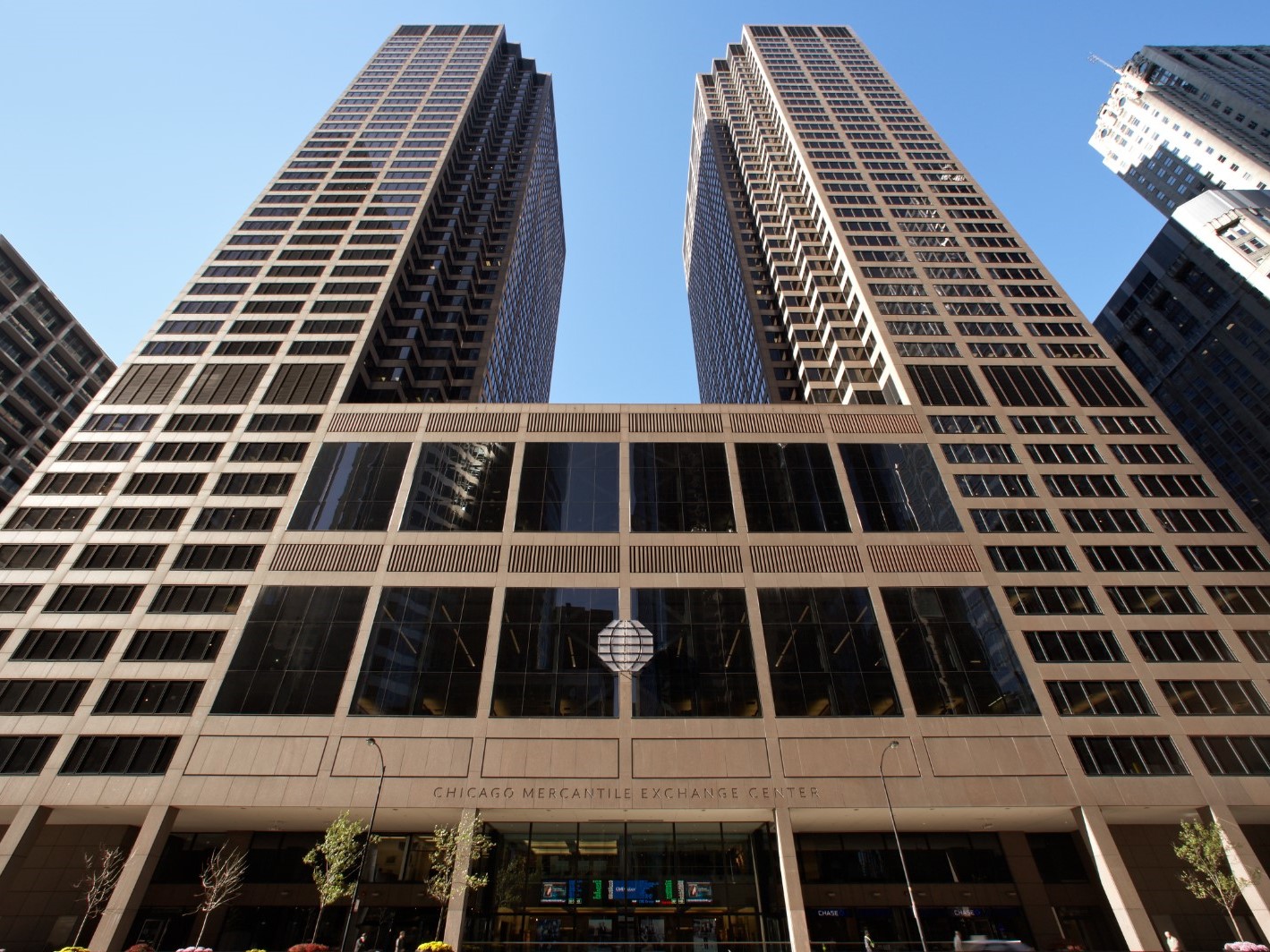
In May, Vantive leased a 670,000-square-foot space at the Corporate 500 office campus in Deerfield, Ill., to use as its new headquarters. The property was in a foreclosure process since 2022, when a long-time tenant gave up its space.
Additionally, Tishman Speyer signed a 240,000-square-foot lease extension at CME Center, its 2.3 million-square-foot office campus in Chicago. Oil and gas company BP will occupy the four floors at least through 2032.
The metro’s listing rate in April was $27.8, on par with the figures registered a year ago. Manhattan ($68.4) remained in the spotlight, followed by San Francisco ($64.2).
Chicago’s coworking inventory ranks second nationally
Chicago’s coworking inventory as of April totaled roughly 8.1 million square feet across 280 locations, CoworkingCafe data shows. The metro ranked second for both square footage and share out of total office inventory.
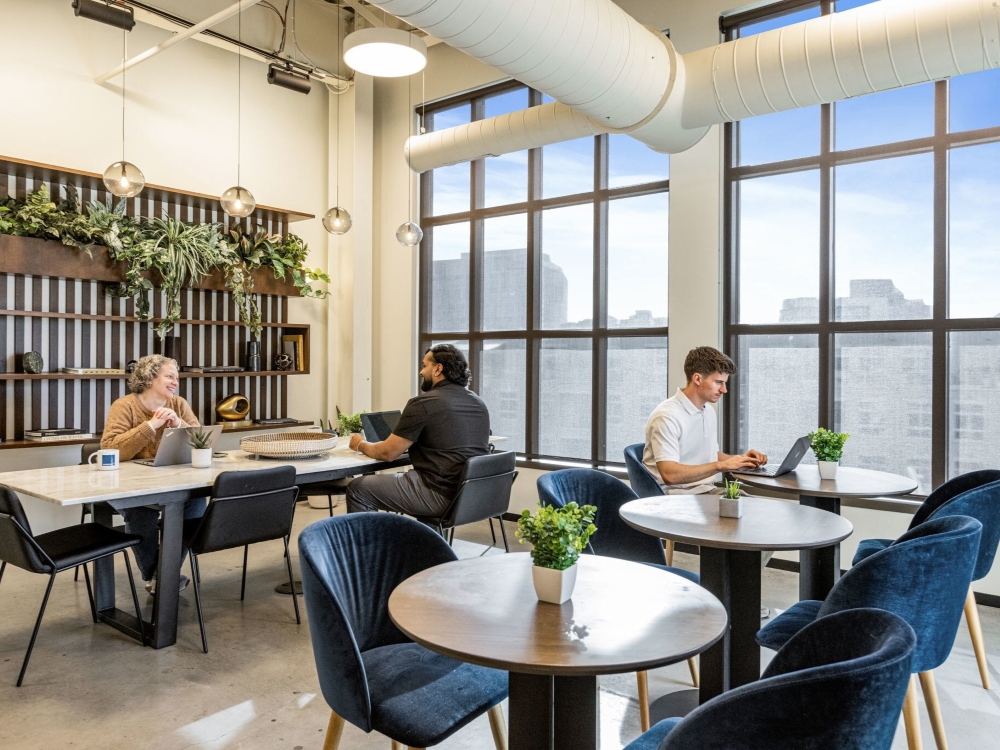
That number will continue to grow, as more shared space locations open. At the beginning of May, Workbox announced it will open its largest U.S. coworking location in downtown Chicago. The 68,000-square-foot space will be within Civic Opera Building and will span two floors.
In April, Regus had the most shared space in its inventory, with almost 1.1 million square feet across 49 locations. Other coworking providers in the area include Braveheart (775,266 square feet), Expansive (604,374 square feet) and WeWork (473,585 square feet).


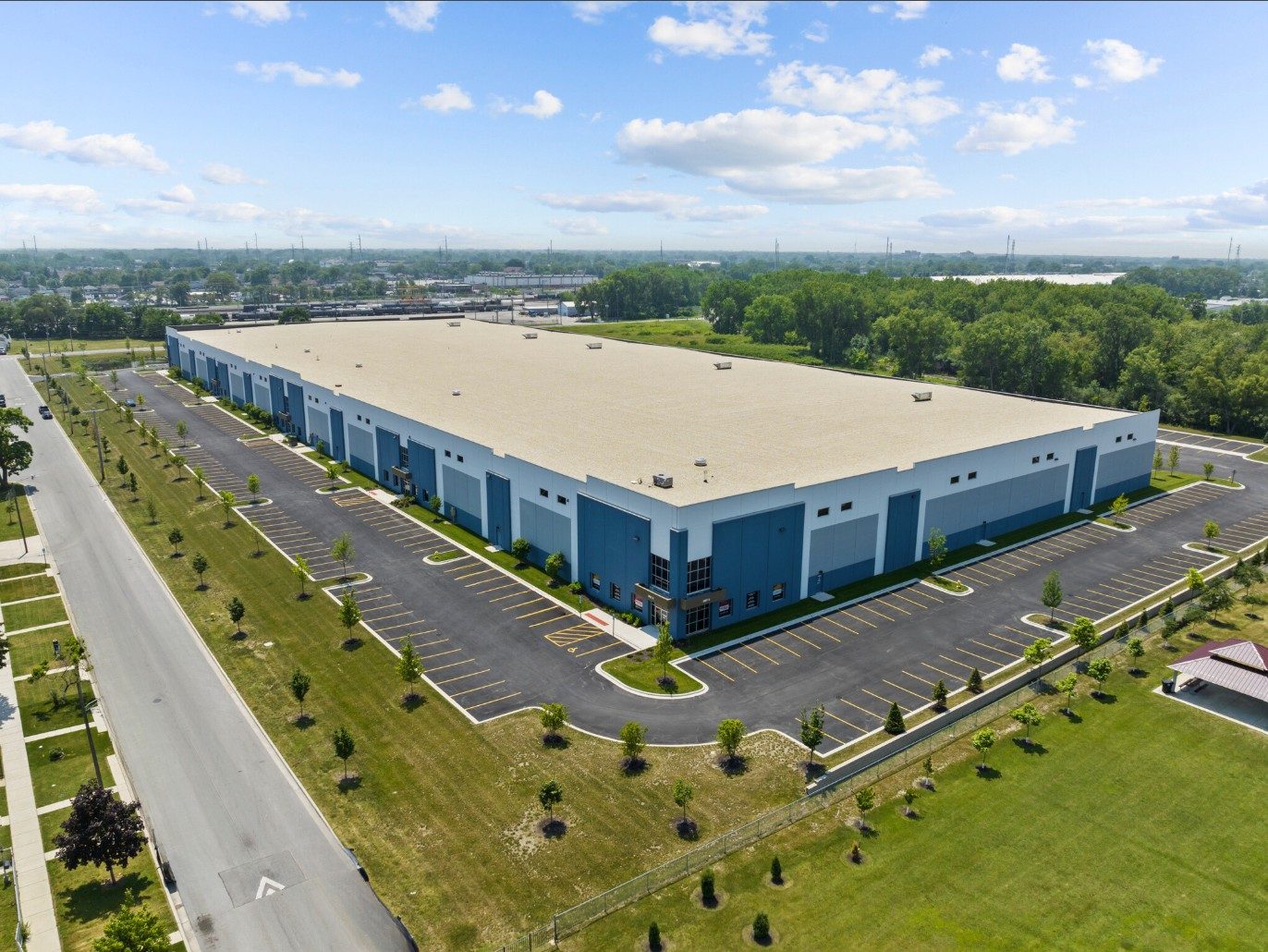

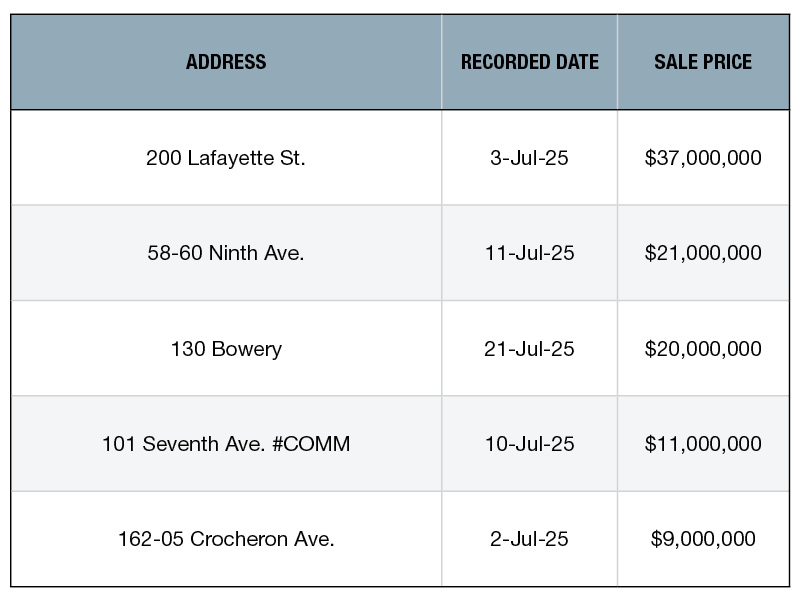
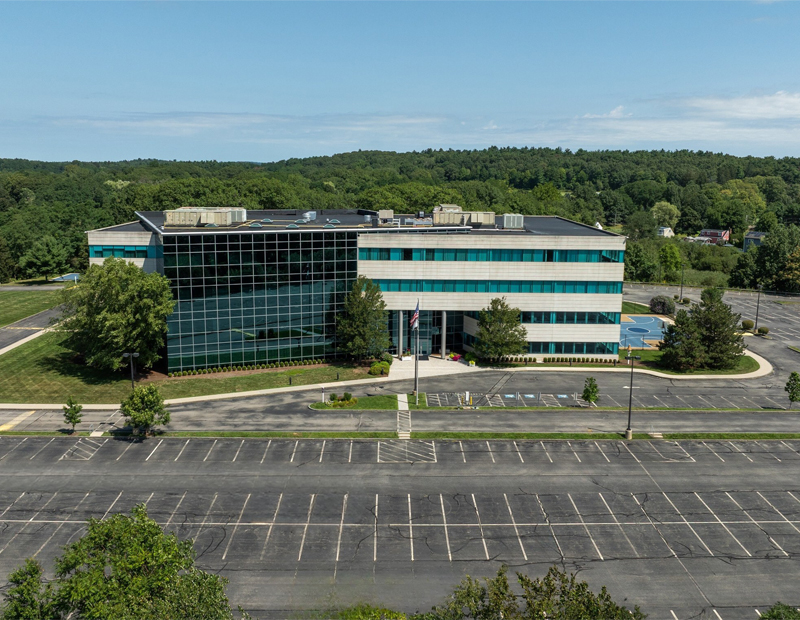
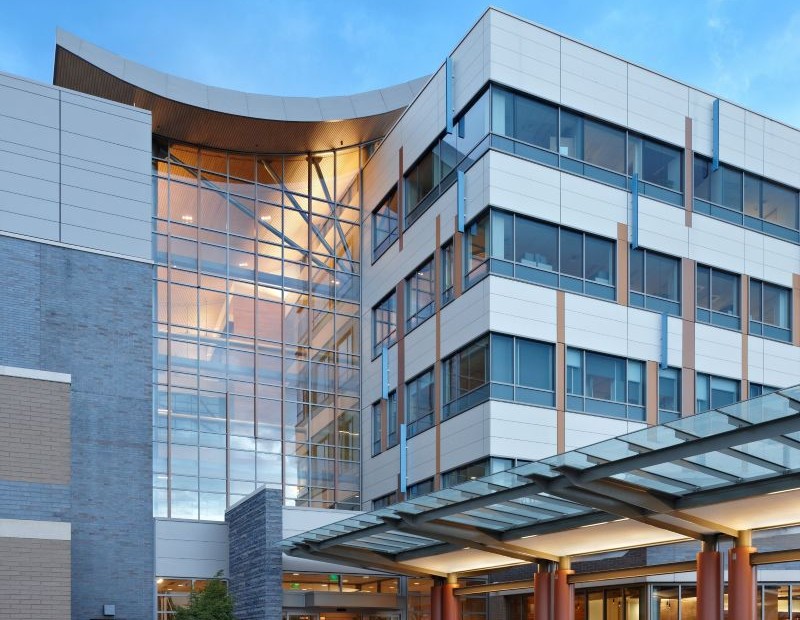
You must be logged in to post a comment.